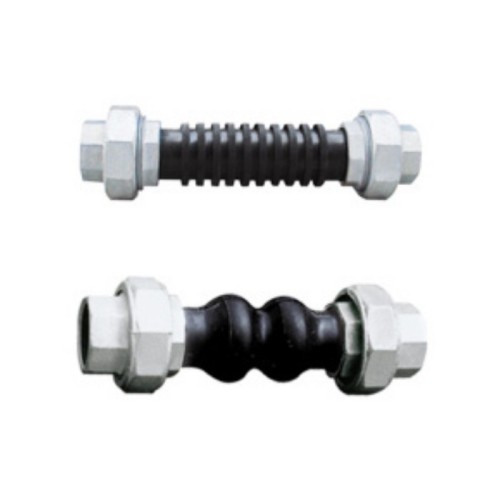check valve for sprinkler system
Understanding Check Valves for Sprinkler Systems
In the realm of irrigation and landscaping, check valves play a pivotal role, especially in sprinkler systems. These devices are essential for ensuring the efficiency and functionality of irrigation setups, preventing backflow, and maintaining the integrity of the water supply system. By understanding the importance and operation of check valves, homeowners and landscape professionals can enhance the performance of their sprinkler systems.
Understanding Check Valves for Sprinkler Systems
The installation of check valves is particularly important in systems where the sprinkler heads are located at different elevations. When the water pressure fluctuates, it can cause water to flow back toward the source instead of keeping it in the desired areas. This could potentially result in puddling in some areas while leaving others dry. With check valves in place, water is maintained within the system, ensuring an even and consistent distribution over the landscape.
check valve for sprinkler system

Moreover, check valves contribute to maintaining proper pressure in the system. If water were to flow back into the pipeline, it could create an imbalance that may adversely affect the water pressure experienced at the sprinkler heads. This imbalance could lead to inadequate watering in certain areas of the lawn or garden, which could stress plants and impact overall landscape health. By ensuring a constant pressure at the sprinkler heads, check valves help maintain a reliable and effective watering schedule.
When selecting check valves for sprinkler systems, it’s important to consider the specifications compatible with the system's requirements. Factors such as the valve's size, material, and pressure rating must be evaluated to ensure optimal performance. Common materials used include PVC and brass, with PVC being popular for its lightweight nature and corrosion resistance.
Regular maintenance of check valves is also crucial for long-term functionality. Inspecting them periodically to ensure they are free of debris and functioning correctly helps prevent unforeseen issues during the watering seasons. If a check valve fails, the consequences can manifest as landscape damage due to improper watering, making timely checks an essential part of system upkeep.
In conclusion, check valves are integral components of sprinkler systems that enhance efficiency by preventing backflow, maintaining pressure, and ensuring an even distribution of water. By understanding their purpose and proper maintenance, homeowners and professionals can achieve a lush and healthy landscape. Investing in quality check valves is a wise decision that significantly contributes to the overall effectiveness and reliability of irrigation systems.
-
The Key to Fluid Control: Exploring the Advantages of Ball Valves in Industrial SystemsNewsJul.09,2025
-
The Versatile World of 1, 2, and 3 Piece Ball ValvesNewsJul.09,2025
-
Stainless Steel Ball Valves: The Ideal Choice for Efficient Flow ControlNewsJul.09,2025
-
Optimizing Fluid Control with Ball Float ValvesNewsJul.09,2025
-
Manual Gate Valves: Essential for Control and EfficiencyNewsJul.09,2025
-
Everything You Need to Know About Butterfly ValvesNewsJul.09,2025
-
The Versatility of Wafer Type Butterfly ValvesNewsJul.08,2025




